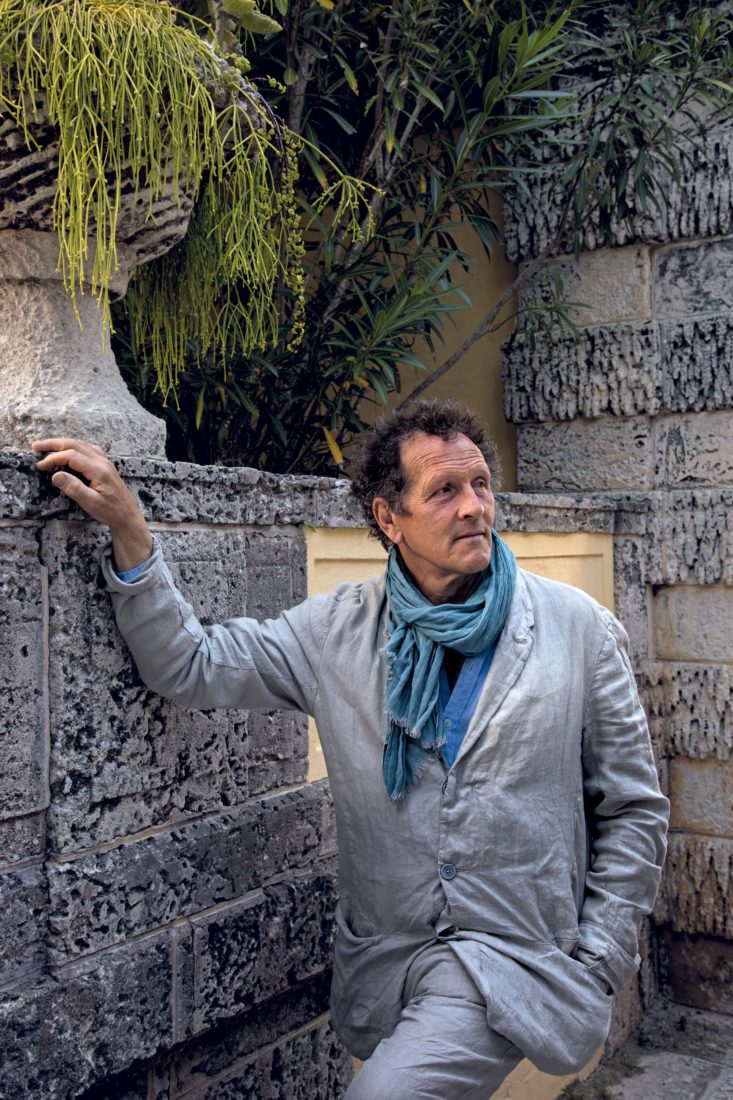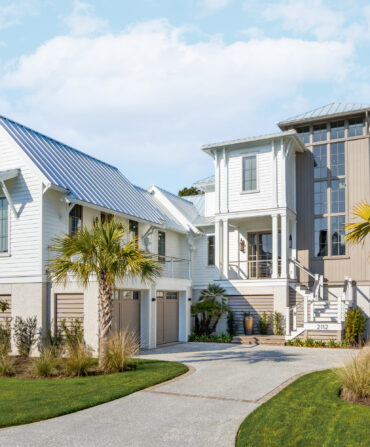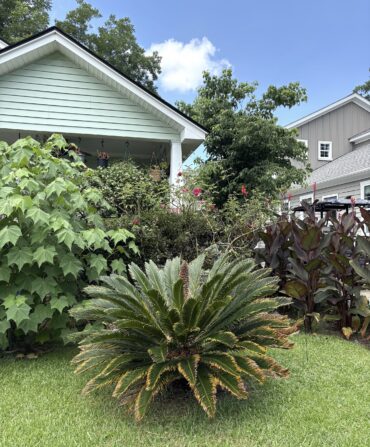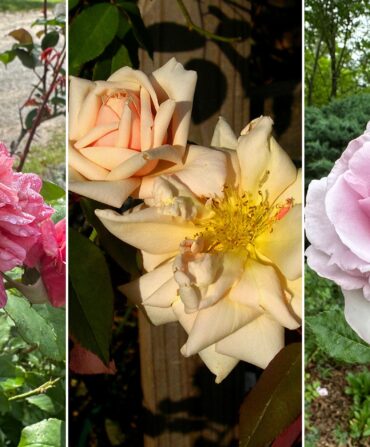“I don’t think I’ve seen more beautiful trees than these anywhere in the world,” said the British gardening superstar Monty Don, with perfect English earnestness, to the camera as he stepped among the primeval live oaks at Magnolia Plantation and Gardens in Charleston, South Carolina, for his 2020 miniseries Monty Don’s American Gardens.
For Anglophiles, Montagu Denis Wyatt “Monty” Don carries as much cachet as The Crown or Sherlock, and get him talking about the poetry of plants, and you’ll see why garden enthusiasts the world over nearly collapse at his charms. “Like all poetry, a beautiful garden creeps up on you,” says Don, the longtime host of BBC’s Gardeners’ World who is perhaps best known to American audiences for his streaming series Big Dreams, Small Spaces. “Its magic is something you find rather than something you know to look for.”
Don has traveled the world discovering those gems, filming his shows, and giving talks, including a conversation about gardening and mental health with Sue Stuart-Smith, author of The Well-Gardened Mind: The Restorative Power of Nature, for the Charleston to Charleston Literary Festival last fall, now available on YouTube. At the end of last year, Don released his latest book, American Gardens, and while he researched it, the gardens of the South enchanted him.
“From Virginia down to Louisiana, the poetry of a Southern garden is in the kind of damp green lushness carved out of the vast landscape,” he says over a Zoom call, recalling some of his favorites. Behind Don, in his home office, stacks of books teeter, and he grabs a few to reference. “I always do my research,” he says, holding up Laura C. Martin’s Southern Gardens: A Gracious History and a Traveler’s Guide and then Gardening Across the Pond: Anglo-American Exchanges from the Settlers in Virginia to Prairie Gardens in England, by Richard Bisgrove.
“In the South more than anywhere else I’ve ever visited, you cannot unravel the history from the geography,” Don says. He remembers asking tour guides at historic homes in the early 2000s about slavery and says he was met with silence or redirection. On more recent visits, Don says the turnaround has been astonishing. Many Southern sites, including Monticello in Virginia and South Carolina’s estates, are doing the work to more thoroughly interpret their histories. At Charleston’s Magnolia, the estate’s former public relations director, the writer Herb Frazier, who is Black, gave Don a tour on camera. “I told Monty what I tell everyone,” Frazier remembers. “That iconic white cypress bridge that everyone recognizes? That was built in the 1840s by enslaved African labor. Later on, the gardeners were and are African American, and today, their ties to Magnolia still run deep in the soil.”
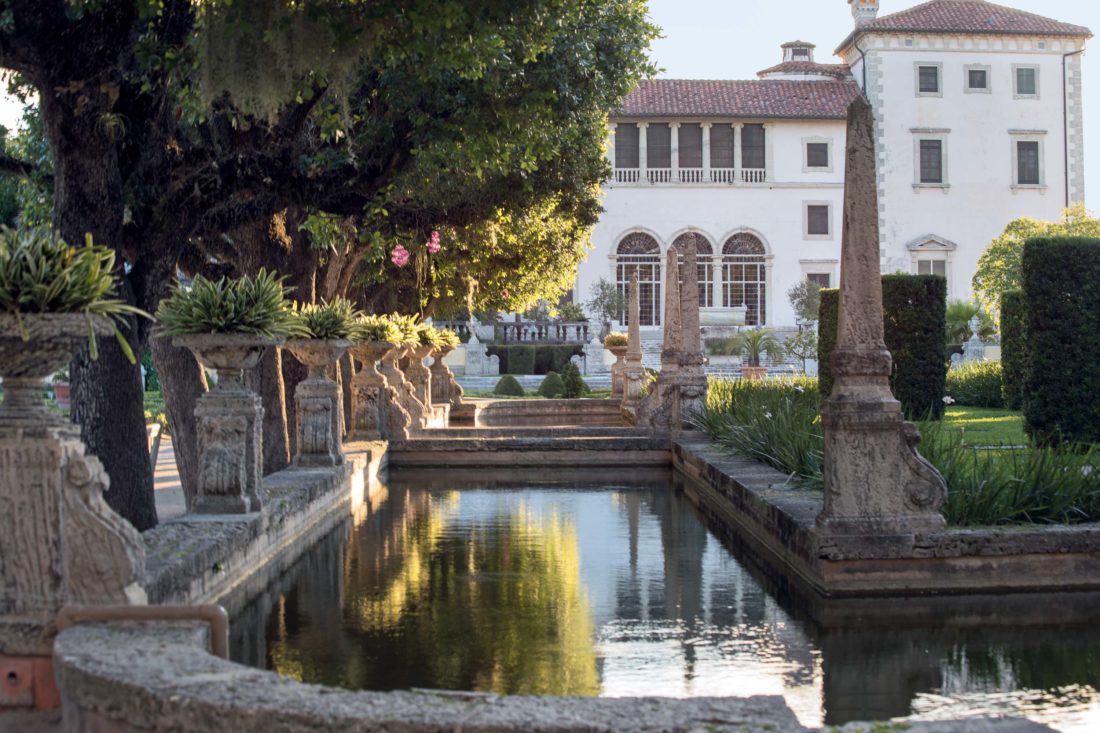
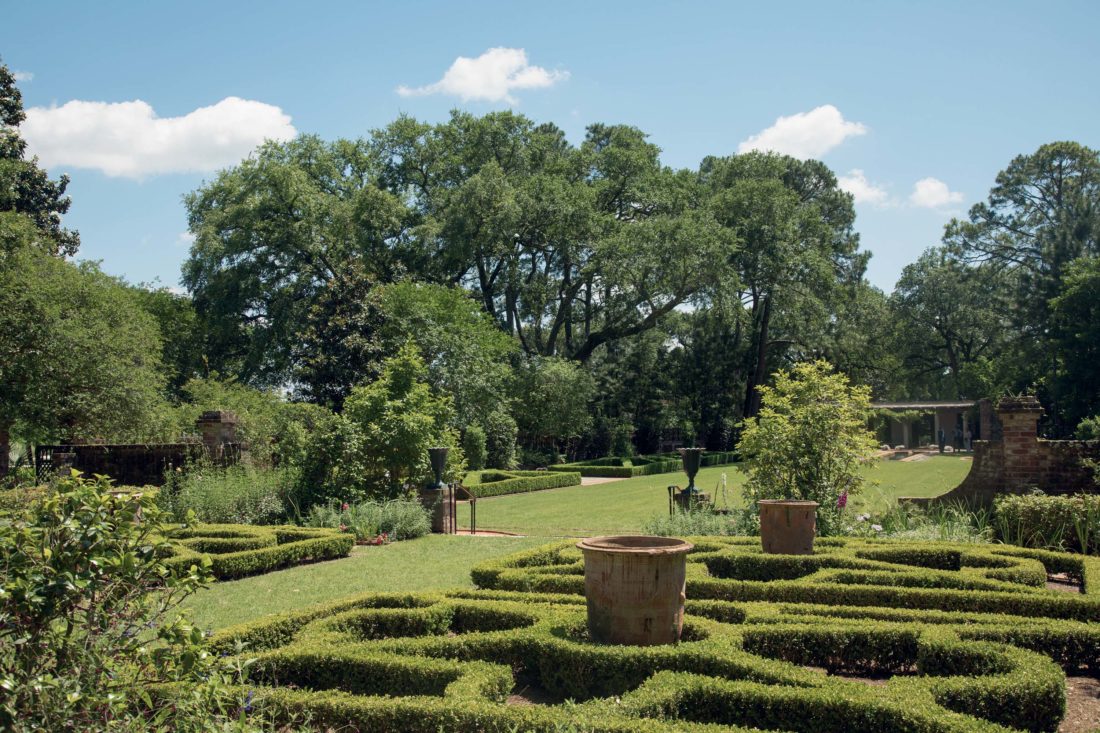
Farther south in Florida, Don recalls a slog through the Big Cypress National Preserve in search of wild orchids, and he delighted in the bromeliads and other tropical wonders at Miami’s Mediterranean-inspired Vizcaya estate. In New Orleans, he stood quietly beneath the allée of oak trees that survived Hurricane Katrina at Longue Vue House and Gardens. “I had completely underestimated how present the history of the South still is today,” Don says. “The branches dripping with [Spanish] moss—the rhythm of that—and there was a kind of fecundity, with everything so wet in the spring. It felt very particular to the place. It wasn’t anything I had experienced before.”
He witnessed formal terraced grounds giving way to shaggy forests of magnolia and cypress. He stopped into private homes and saw messy climbing roses and regal palms shading pools. He noticed this give-and-take of wild and tame and gently warned against trying to set memories in amber. “There’s a huge temptation to fix a garden in one point in time and to see it as an installation—that certain plants flower at certain times, and they look this way, and that’s the way they are. The truth is no garden is like that. They change all the time.”
Then Don turns it on again—that little wink in his voice that indicates he’s about to pour out some cheer, one gardener’s cup to another. “Life is difficult,” he says. “But there is a way through. The wonderful thing about America that redeems it over and over again is the incredible sense of optimism, creativity, and energy. Channel that into gardens and you’ll have exciting things.”


